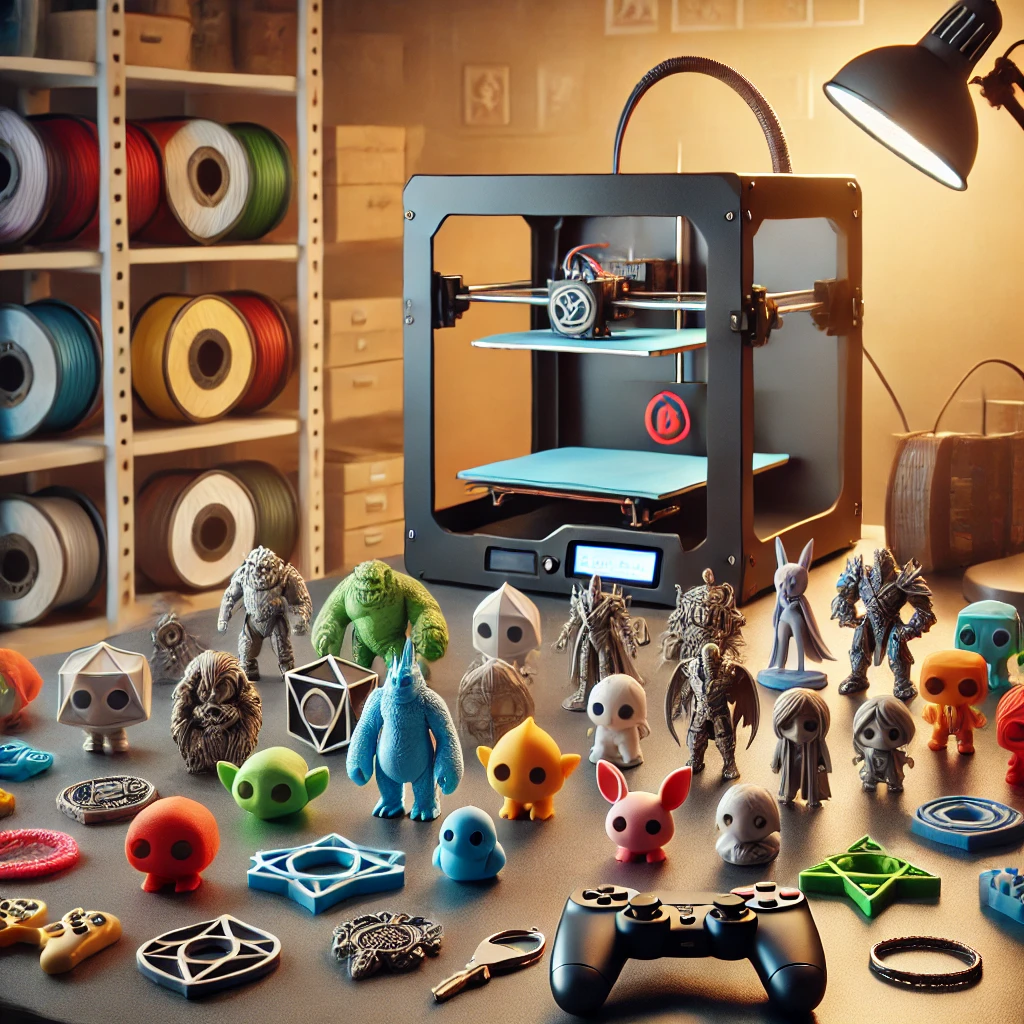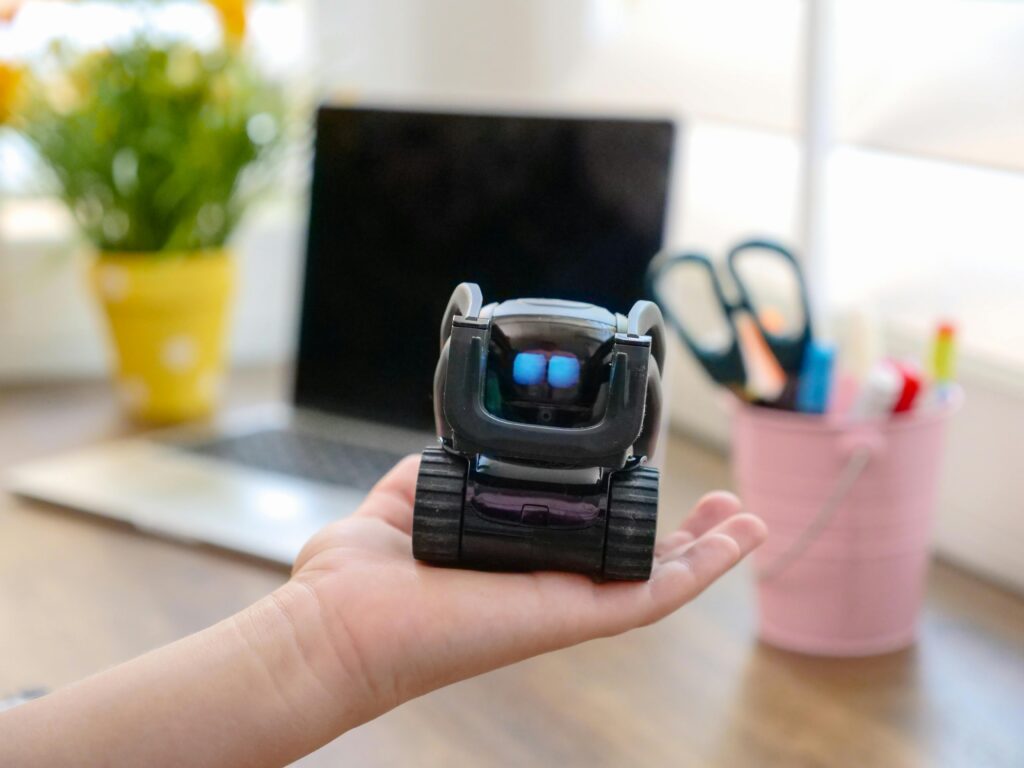Spatial Computing: The New Frontier That Will Transform Our Daily Lives

Spatial Computing is the emerging technology that merges the physical and digital realms by leveraging sensors, augmented reality (AR), precise location tools, and cloud processing. It enables context-aware experiences that adapt to your environment in real time, reshaping how we connect with space, devices, and information.
In this deep‑dive guide, you’ll discover what spatial computing truly means, the tech behind it, current and practical applications, and how it’s poised to revolutionize everyday life—from shopping and education to work and personal navigation.
What Is Spatial Computing?
Spatial Computing refers to any technology that allows digital systems to perceive and interact with the real world in three dimensions. Whether through AR glasses, lidar-equipped smartphones, or wearables, it’s not just mapping—you experience a digital layer over your physical surroundings.
Unlike traditional geolocation, spatial computing recognizes surfaces, objects, and spatial relationships in real time—opening doors to immersive interactions and smarter environments linked to the cloud and AI.
How Spatial Computing Works
Spatial Computing relies on a set of interlocking technologies: depth sensors such as LIDAR and RGB‑D cameras, visual‑inertial odometry, simultaneous localization and mapping (SLAM), real‑time AR overlays, and powerful cloud or edge computing.
Here’s how it works: sensors detect shapes and textures, algorithms map surroundings, and software decides where digital content should appear—like arrows guiding you down a hallway or labels hovering over appliances.
Core Enabling Technologies
- Sensor fusion: Combining data from LIDAR, depth cameras, gyroscopes, and accelerometers for accurate spatial awareness.
- Computer vision & SLAM: Real-time mapping and object detection enable dynamic interactions.
- AR/MR rendering: Overlays contextual visuals onto physical surroundings.
- Edge and cloud processing: Low latency services and heavy AI models executed off‑device.
- Machine learning: Analyzes scenes, anticipates actions, and personalizes interactions.
Current and Emerging Applications
Spatial Computing is already present in many everyday tools: think AR navigation on smartphones, simulated furniture placement apps, and industrial context-based work instructions. Businesses are piloting AR for real-time equipment guidance and spatially aware retail experiences.
These applications highlight how spatial interactions are shifting from niche to mainstream with faster networks, powerful sensors, and smarter software.
Everyday Use Cases
- AR navigation: Walk and drive with live visual cues layered over your environment.
- Home design: Virtually preview furniture placement and decor in real spaces.
- Technical support: Specialists receive step-by-step AR instructions overlaid on machinery.
- Education: Interactive 3D models used in classrooms—like exploring human anatomy in mid‑air.
Why Is Gaining Momentum
Spatial Computing is accelerating due to three main catalysts: affordable and precise spatial sensors, widespread rollout of 5G and upcoming 6G connectivity, and mainstream devices equipped with built-in AR capabilities—from smartphones to glasses.
Major tech players like Apple (Vision Pro), Meta (Quest Pro), Microsoft (HoloLens), and Google are investing heavily in spatial ecosystems, pushing it from experimental to everyday utility.
Benefits for Daily Life
Spatial Computing brings tangible benefits:
- Better efficiency: Navigate complex spaces with on-screen direction overlays for transport or shopping visits.
- Enhanced skills: Workers can execute tasks with guided AR, reducing errors and boosting productivity.
- Immersive learning: Students engage with interactive models in AR, making abstract concepts tangible.
- Engaging retail: Customers virtually test products in their physical environment before purchasing.
Challenges and Limitations
Spatial Computing does have hurdles that need solving:
- Privacy concerns: Constant sensors can raise surveillance fears without transparent policies.
- Infrastructure: Requires 5G/6G, edge computing, AR-ready devices, and mapping support.
- Data interoperability: A lack of unified spatial standards means platforms often don’t communicate.
- User readiness: AR interfaces can feel unfamiliar to some audiences and require education.
Sector-Specific Impacts
Spatial Computing stands to transform industries:
- Healthcare: AR-assisted surgeries and remote diagnostics first responders can follow.
- Manufacturing: Technicians receive overlay instructions for equipment assembly/repair.
- Retail: Try-before-you-buy via AR visualization of clothes, furniture, or appliances.
- Tourism & culture: Interactive guides at museums or heritage sites featuring contextual AR storytelling.
Future Outlook
Spatial Computing will expand as AR glasses become affordable, sensors ubiquitous, and digital twins more widely adopted. Expect public spaces, campuses, and homes to evolve into smart environments that adapt to our needs—anticipating where we walk, what we look at, and how we interact.
Once spatial computing matures, it may weave into everything we touch: navigation, entertainment, socializing, working, learning—even emotional and psychological spaces.
Conclusion
We’ve seen how Spatial Computing blends our physical and digital realities to create purpose-driven experiences. From AR navigation to guided learning and soulful retail interactions—it’s the next step toward a technology that truly understands place and presence.
👉 Want to dive deeper into cutting-edge tech? Check out 5 Amazing Tech Trends in 2025 and The Future of Artificial Intelligence.
🔔 Subscribe to the TechInNess newsletter to stay updated on spatial computing breakthroughs, exclusive tutorials, and free PDF downloads—straight to your inbox!
Frequently Asked Questions
- What is spatial computing? A tech that merges digital with physical using sensors, AR, and cloud processing.
- Is it available now? Yes—on smartphones and AR devices, with rapid growth ahead.
- Will it replace the internet? No—but it will redefine interactions within physical spaces.
- Is it expensive? Consumer features are affordable; enterprise uses need infrastructure.
- Is privacy at risk? Yes—privacy safeguards and transparency are essential ().
- Do I need AR glasses? Not yet—smartphones already support many functions.



